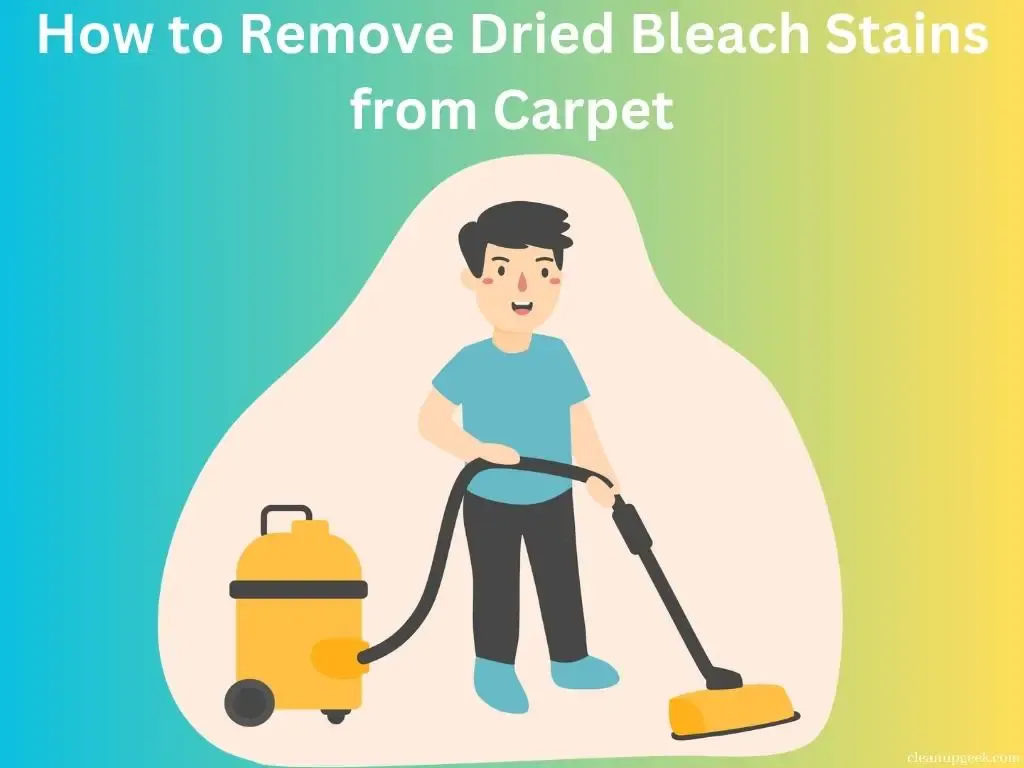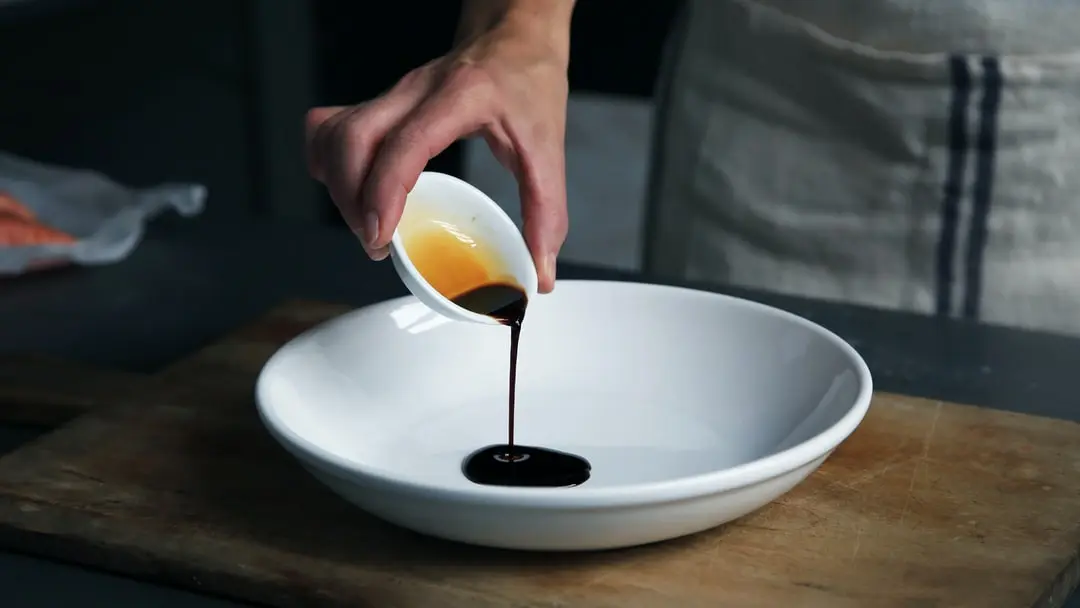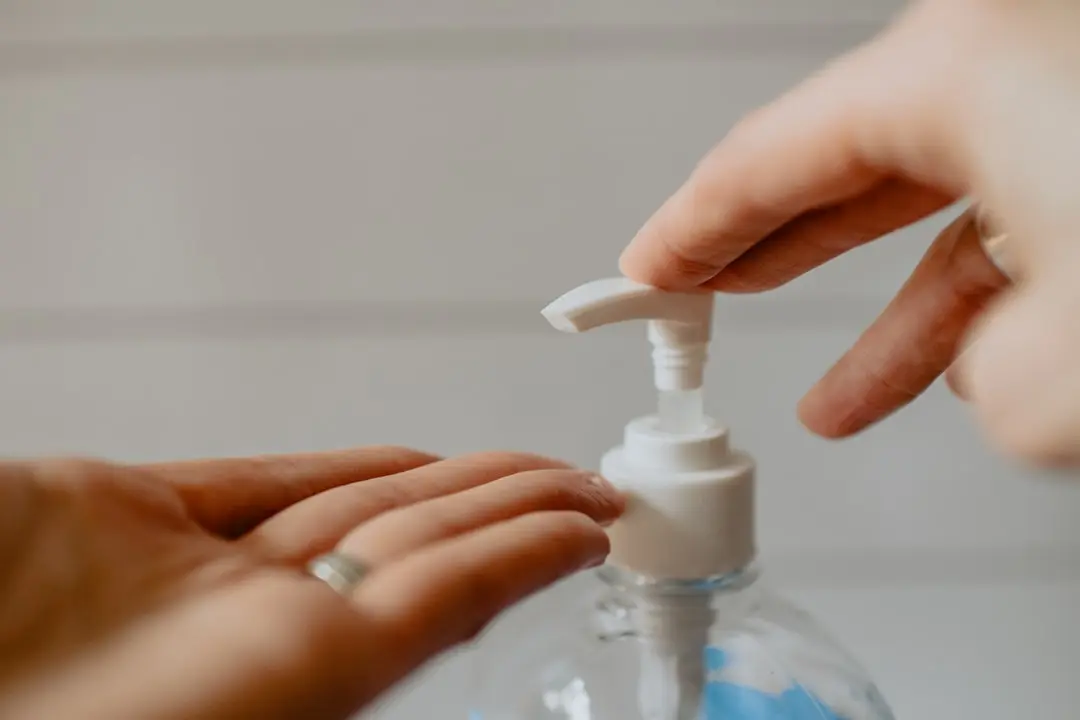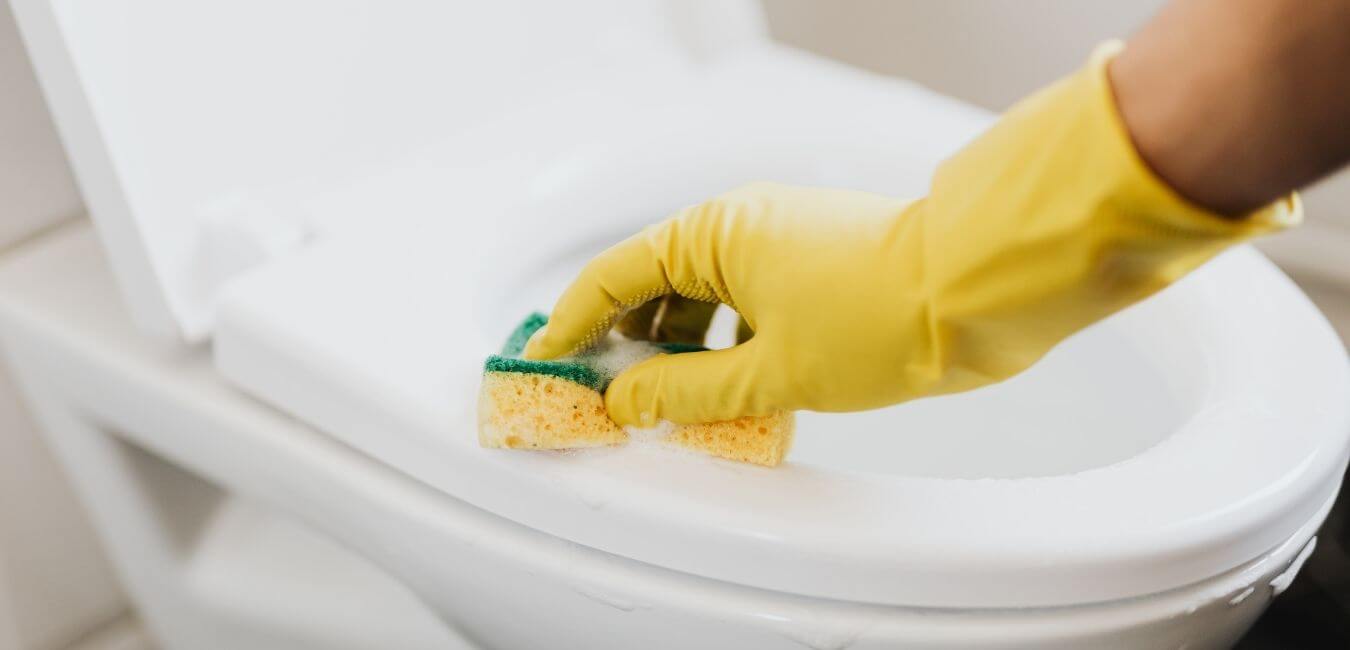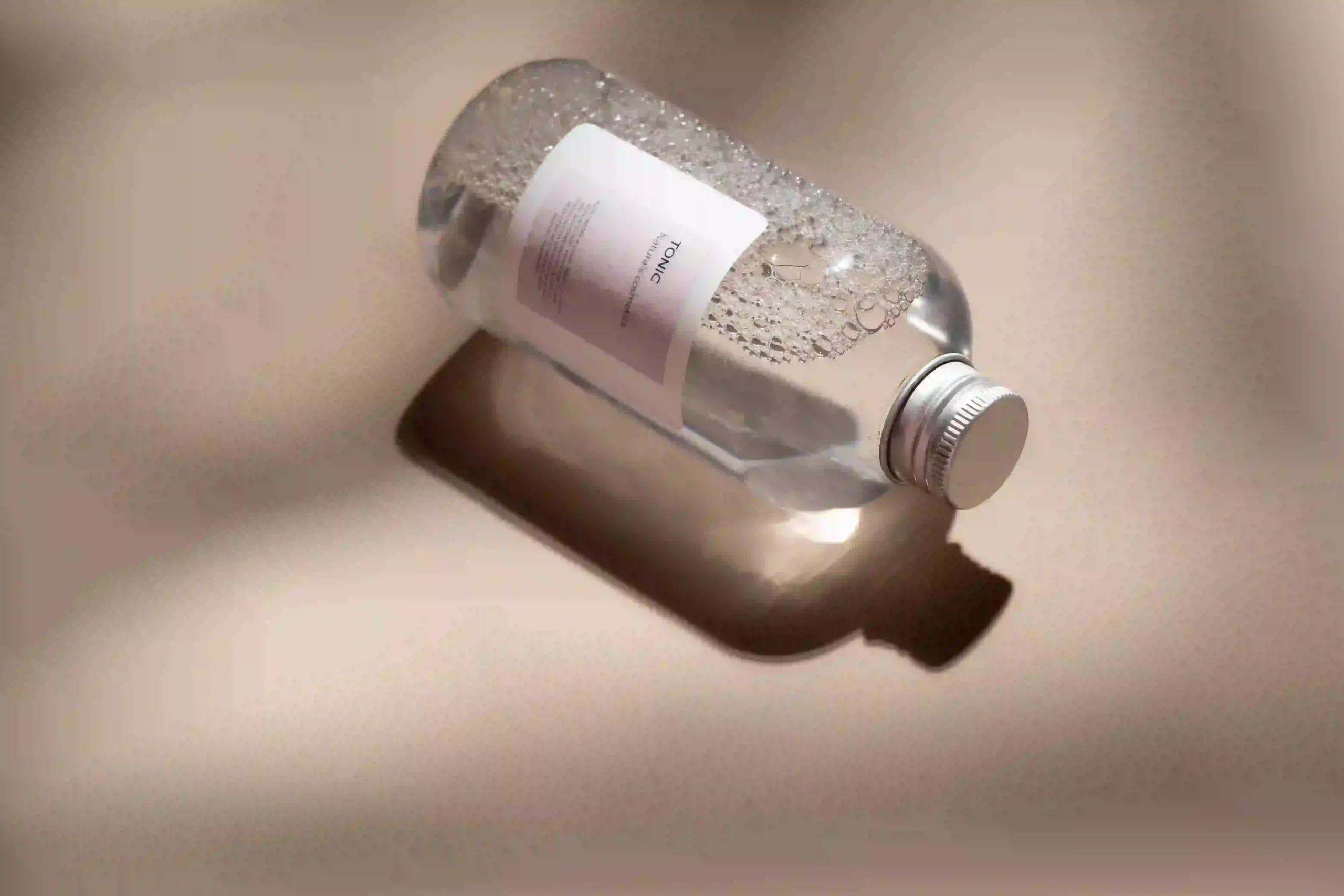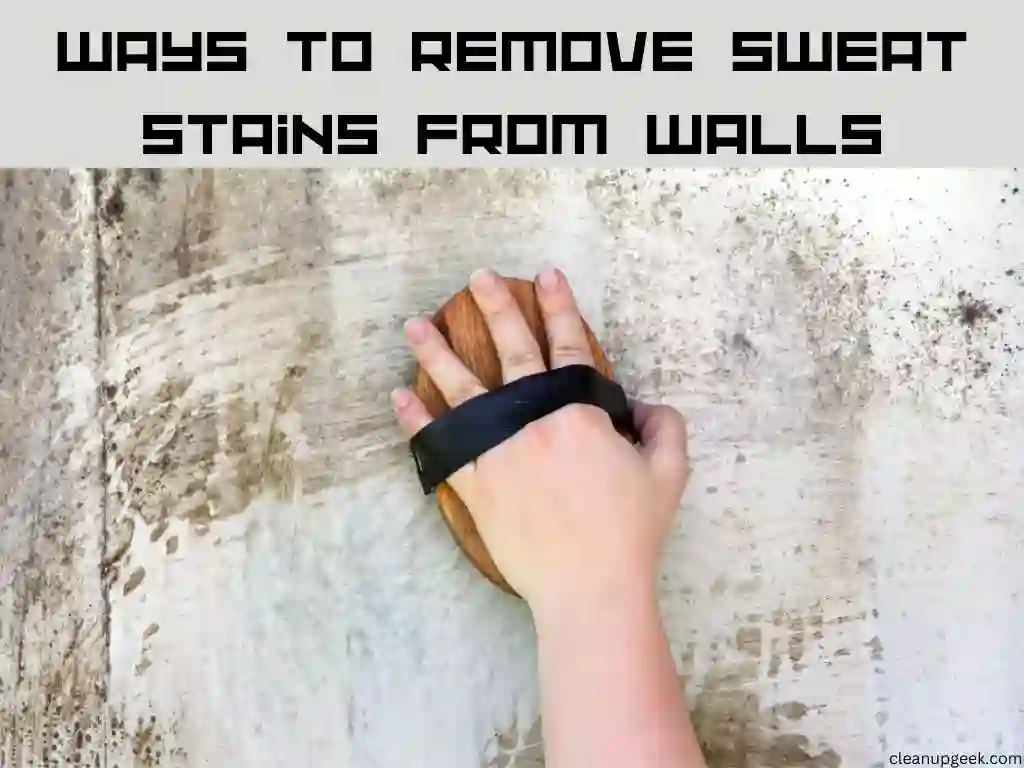Dried bleach stains on your carpet can be a real eyesore in an otherwise pristine room. Did you know that household items like vinegar and baking soda can help remove these stubborn marks?
This detailed guide will provide you with step-by-step instructions, crucial factors to consider, various removal methods, and preventive measures for dealing with such stains.
Let’s dive right into the art of rejuvenating your carpets!
KEY INFORMATION
- Dried bleach stains on the carpet can be removed using household items like vinegar and baking soda.
- Factors to consider when removing dried bleach stains include the type of carpet material, the age of the stain, and previous cleaning attempts.
- The step-by-step guide for removing dried bleach stains involves blotting the stain, diluting it with water, applying a carpet stain remover, blotting and rinsing the area, and drying and inspecting the carpet.
- Preventive measures to avoid dried bleach stains on carpets include using alternatives to bleach for cleaning, properly diluting bleach, testing solutions in inconspicuous areas before use, acting quickly if spills occur, seeking professional help if needed, and regularly maintaining and cleaning carpets.
Causes of Dried Bleach Stains on Carpet
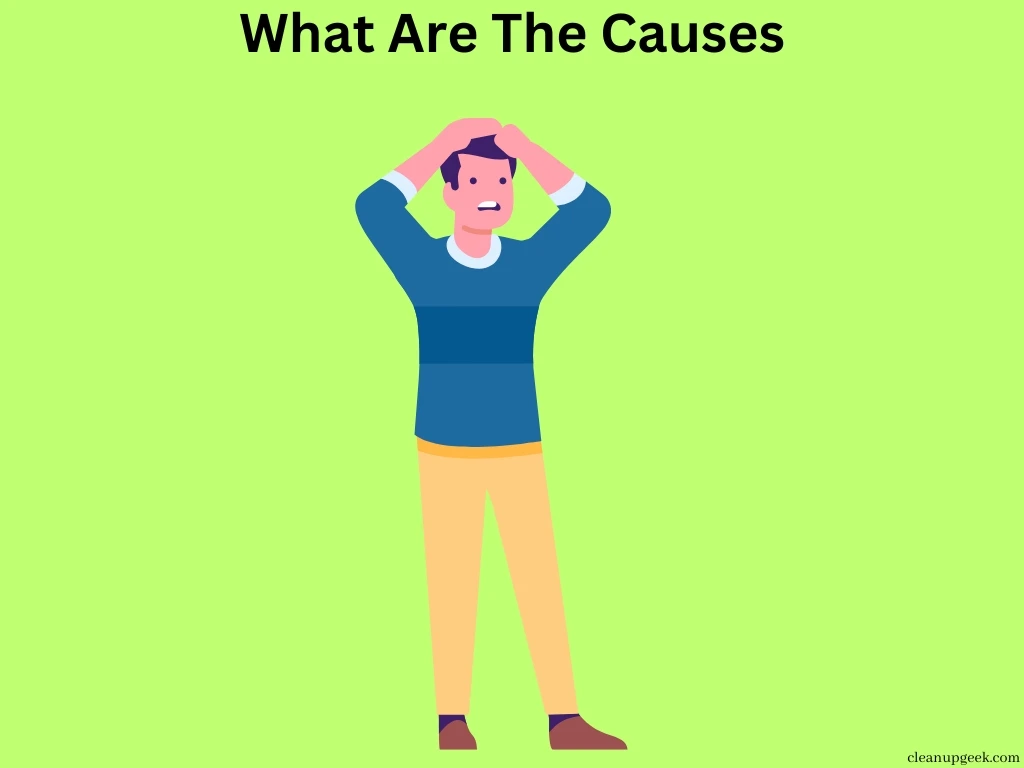
Dried bleach stains on carpets are often caused by accidental spills or improper use of bleach.
1. Accidental spills
Spills can happen by accident. Perhaps you knocked over a bucket of bleach while cleaning. The bleach then stained your carpet. It is best to clean the stain right away. Wet spots attract dust and dirt, which makes the stain worse over time.
If you wait too long, it will dry up and become harder to remove from the carpet fibers. Try to be careful when using bleach near carpets in order to avoid this type of issue.
2. Improper use of bleach
Using bleach improperly can result in dried bleach stains on your carpet. This happens when you accidentally spill or apply too much bleach to the carpet surface. Bleach is a strong chemical that can cause discoloration and damage to carpet fibers if not used correctly.
It’s important to follow the instructions on the bleach bottle, including diluting it properly before use. Additionally, avoid using bleach near carpets if possible, especially dark-colored carpets that are more prone to showing stains.
Taking preventive measures and being cautious with the use of bleach will help you avoid these unsightly stains on your carpet.
Factors to Consider when Removing Dried Bleach Stains
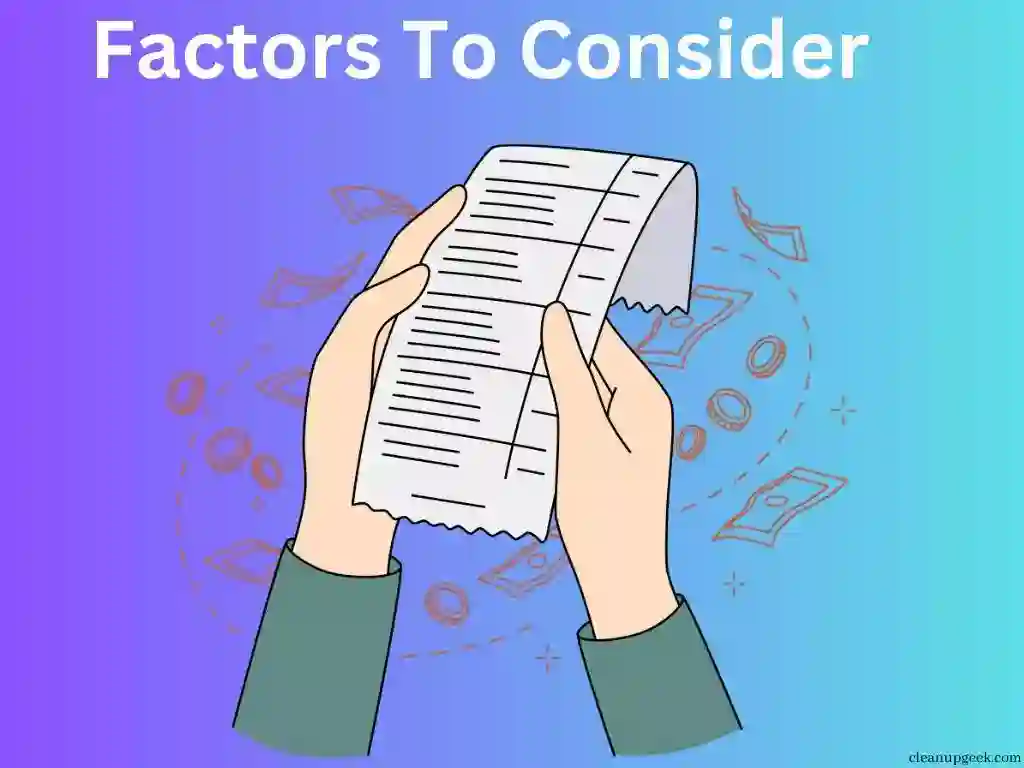
Consider the type of carpet material, the age of the stain, and previous cleaning attempts before tackling dried bleach stains.
1. Type of carpet material
Different types of carpet materials can affect the way bleach stains are removed. For example, synthetic carpets like nylon or polyester may be more resistant to bleach and easier to clean.
On the other hand, natural fibers such as wool or cotton may be more delicate and require gentler cleaning methods. It’s important to consider the type of material your carpet is made of before attempting any stain removal techniques to avoid damaging it.
2. Age of the stain
The age of the bleach stain on your carpet can impact how difficult it is to remove. If the stain is fresh, you have a better chance of completely getting rid of it. However, if the stain has been sitting for a while, it may be more challenging to remove.
Older stains can sometimes become embedded in the carpet fibers or even cause permanent discoloration. So, it’s important to act quickly and follow the proper steps as soon as you notice a bleach stain on your carpet.
3. Previous cleaning attempts
Before attempting to remove dried bleach stains from your carpet, it’s important to consider any previous cleaning attempts. If you’ve already tried to clean the stain using certain products or methods, it could affect the effectiveness of future stain removal techniques.
Some previous cleaning attempts may have set the bleach stain deeper into the carpet fibers, making it more difficult to remove.
It’s also important to note that different types of carpet materials and the age of the stain can impact how successful your cleaning efforts will be. If you’ve previously used harsh chemicals or scrubbed vigorously on your carpet, it’s possible that more damage has been done.
To increase your chances of successfully removing dried bleach stains, start with a fresh approach and avoid repeating methods that haven’t worked in the past. Consider seeking professional help if necessary or testing out new techniques specifically designed for treating bleach stains on carpets.
Step-by-Step Guide: How to Remove Dried Bleach Stains from Carpet
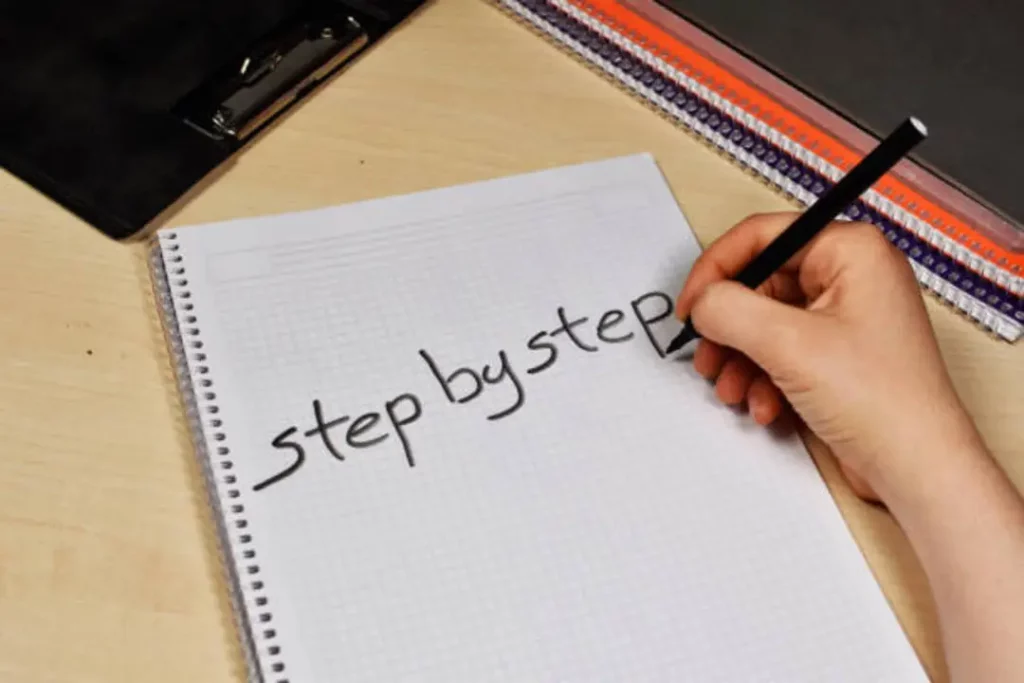
To remove dried bleach stains from carpet, follow these steps: Blot the stain to remove excess bleach, dilute with water, apply a carpet stain remover, gently blot and rinse the area, dry, and inspect the carpet for any remaining stains.
1. Blot the stain
To remove dried bleach stains from your carpet, start by blotting the stain with a cloth or paper towel. This will help absorb any excess bleach and prevent it from spreading further into the carpet fibers.
Gently press down on the stain without rubbing to avoid pushing the bleach deeper into the carpet. By blotting, you can remove as much of the bleach as possible before moving on to the next step in the cleaning process.
So remember, when dealing with dried bleach stains on your carpet, always begin by blotting to remove as much of the stain as you can.
2. Dilute with water
To remove dried bleach stains from your carpet, it’s important to dilute the stain with water. This helps to loosen the bleach and make it easier to remove. Start by blotting the stained area with a cloth or paper towel to soak up any excess bleach.
Then, mix some water with a carpet stain remover according to the instructions on the product. Apply this solution to the stain and gently blot it with a clean cloth or sponge. Rinse the area thoroughly with plain water and use a dry cloth or towel to absorb any remaining moisture.
Finally, inspect the spot once it’s completely dry and repeat these steps if needed. Diluting with water is an essential step in effectively removing dried bleach stains from your carpet.
3. Apply a carpet stain remover
To remove dried bleach stains from your carpet, one effective step is to apply a carpet stain remover. Choose a stain remover specifically designed for carpets and follow the instructions on the packaging.
Gently spray or dab the stain remover onto the affected area of the carpet, making sure to cover the entire stain. Allow it to sit for a few minutes, allowing it time to penetrate and break down the bleach stain.
Afterward, use a clean cloth or sponge to blot away any excess moisture and lift stains. Remember not to scrub vigorously, as this can damage your carpet fibers.
4. Blot and rinse
To remove dried bleach stains from your carpet, one important step is to blot the stain and rinse it thoroughly. Start by using a clean cloth or paper towel to gently blot the area.
This will help absorb any loose bleach and vinegar solution. Next, rinse the stained area with water to flush out any remaining bleach residue. Ensure that you use enough water to completely saturate the stain, and then continue blotting until the excess moisture is absorbed.
By following this step in the process, you’ll be on your way to effectively remove those stubborn bleach stains from your carpet fibers.
5. Dry and inspect
After rinsing the treated area, it is important to dry it thoroughly. Use a clean cloth or paper towel to blot away any excess moisture. You can also use a fan or open windows to help speed up the drying process.
Once the area is completely dry, inspect it closely to ensure that all traces of the bleach stain have been removed. If there are still remnants of the stain, you may need to repeat the cleaning process or consider seeking professional help for further treatment.
Remember, thorough drying and inspection will help ensure that your carpet looks its best and remains free from dried bleach stains.
Preventive Measures for Avoiding Dried Bleach Stains on Carpet
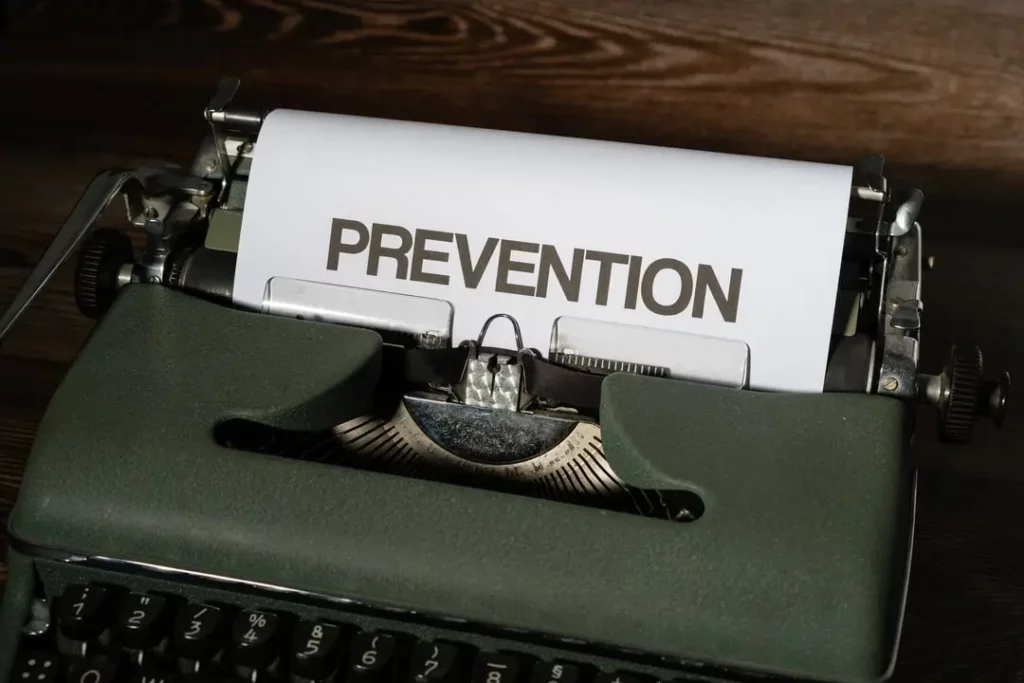
To avoid dried bleach stains on your carpet, try using bleach alternatives for cleaning, diluting bleach properly, and testing it in an inconspicuous area before use. Act quickly if a spill occurs, seek professional help if necessary, and make sure to regularly maintain and clean your carpets.
1. Use bleach alternatives for cleaning
When it comes to cleaning, you can choose bleach alternatives instead of using bleach. These alternatives are safer for your carpets and can help prevent dried bleach stains. One popular alternative is white vinegar mixed with water.
You can spray this solution on the stain and blot it away with a cloth or paper towel. Another option is to use a carpet cleaner specifically designed for stain removal. These cleaners often contain ingredients that can effectively eliminate stains without causing damage to the carpet fibers.
So, next time you need to clean something, give these bleach alternatives a try!
2. Dilute bleach properly
To avoid bleach stains on your carpet, it’s important to dilute bleach properly. Mixing one part bleach with ten parts water is typically the recommended ratio. This helps to make the solution less concentrated and reduces the likelihood of leaving permanent stains on your carpet fibers.
By diluting bleach properly, you can safely use it for cleaning without damaging your carpets or causing unsightly discoloration.
3. Test in an inconspicuous area before use
Before using any stain removal method or solution on your carpet, it’s always a good idea to test it in an inconspicuous area first. This way, you can make sure that the solution won’t cause any damage or discoloration to your carpet fibers.
Simply apply a small amount of the solution onto a hidden corner or under furniture and wait for a few minutes. If there are no adverse effects, you can proceed with confidence and treat the dried bleach stains on your carpet.
Taking this precautionary step ensures that you don’t accidentally worsen the stain or ruin your carpet while trying to remove it.
4. Act quickly if a spill occurs
If you accidentally spill bleach on your carpet, it’s important to act quickly. The faster you respond, the more likely you’ll be able to minimize the stain. Start by blotting the area with a cloth or paper towel to remove any excess bleach.
Then, dilute the remaining bleach with water and continue blotting. After that, apply a carpet stain remover and gently blot and rinse the area until the stain is gone. Finish by drying and inspecting the carpet to ensure all traces of bleach are removed.
Remember, time is of the essence when dealing with spills, so don’t wait too long before taking action!
5. Seek professional help if necessary
If you’re finding it difficult to remove dried bleach stains from your carpet, don’t hesitate to seek professional help. Sometimes, stubborn stains require the expertise of a trained cleaner or launderer who has experience dealing with bleach stains.
Professionals have access to specialized tools and techniques that can effectively remove even the toughest stains without causing damage to your carpet fibers.
They can also offer advice on how to prevent future bleach stains and provide recommendations for maintaining and cleaning your carpets. Whether it’s an old stain that needs extra attention or you simply want peace of mind knowing the job is done right, professionals can be a valuable resource in ensuring your carpet looks its best.
6. Regularly maintain and clean your carpets
To keep your carpets looking their best and prevent the buildup of stains, it’s important to regularly maintain and clean them. Vacuuming is a key part of carpet maintenance, as it helps to remove dirt, dust, and other debris that can become trapped in the fibers.
Aim to vacuum at least once a week, or more frequently in high-traffic areas. Additionally, consider using a carpet cleaner or steam cleaner every few months to deep clean your carpets and remove any stains that may have developed.
By taking these steps, you can help extend the lifespan of your carpets and keep them looking fresh and clean for years to come.
Frequently Asked Questions

1. What are the main causes of bleach stains on carpet?
Bleach stains on carpets usually happen when bleach or other harsh cleaners spill onto the carpet fibers.
2. What steps can I take to remove dried bleach stains from my carpet?
The guide to removing carpet stains involves using a scrub brush, water, and vinegar as a natural stain remover and following specific methods for removing dried bleach stains.
3. Are there quick ways to remove bleach stains from my dark-colored carpets?
Yes, certain methods, such as neutralizing the stain, work faster in removing bleach stains from dark-colored carpets.
4. How can I prevent future bleach stains on my carpet?
To stop getting more bleach spots on your rug, take care not to use products with harsh chemicals near your rug if you can help it.
5. Apart from vinegar, what else works well in removing dried-up bleach marks from carpets?
Other than vinegar, there might be some specially made items that you could buy at stores that work well too!
Conclusion and final thoughts
In conclusion, removing dried bleach stains from carpets can be a challenging task, but with the right techniques and products, it is possible.
By following the step-by-step guide provided and considering factors like carpet material and the age of the stain, you can effectively remove these stubborn stains.
Additionally, taking preventive measures such as using bleach alternatives and acting quickly when spills occur can help prevent future bleach stains on your carpets. Remember to always seek professional help if needed for more difficult stains.
